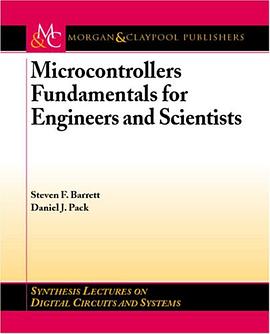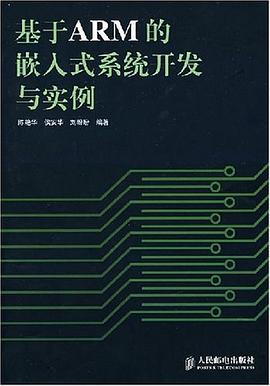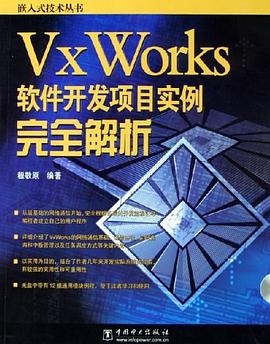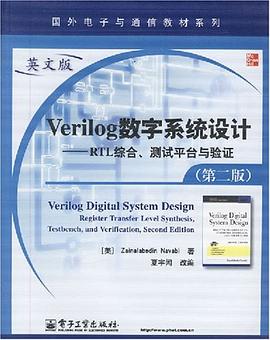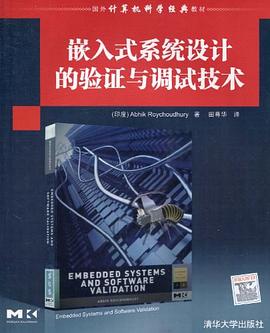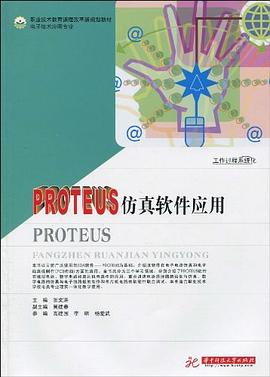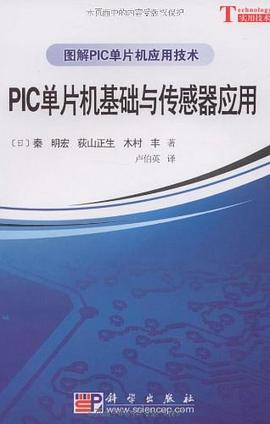
Description
In The Embedded Internet Sergio Scaglia examines the techniques that programmers will need to learn to obtain internet connectivity for their embedded systems. Sometimes this will be relatively straight-forward, using TCP/IP stack implementations which already exist. Sometimes, this will be much more difficult, requiring whole new implementations to be developed. Either way, The Embedded Internet will be the ideal starting place for programmers to learn and develop these skills.
The book is structured in three parts. The first part comprehensively covers TCP/IP. This gives the reader the necessary background knowledge of the internet that they will need when considering embedded systems connectivity. The second part details how to implement embedded internet systems. The third and final part gives a conceptual overview of just a handful of the countless ways in which internet connectivity can benefit an embedded system.
Contents
Preface
I. Why Embedded INternet?
II. Why this book?
III. Which is the intended audience?
IV. How is the book structured?
V. Book's description.
PART I - TCP/IP basics
1. Introduction to networking
1.1 Networking: Working with networks
1.2 Network fundamentals
1.3 Network models
1.4 Network types
1.5 The OSI Reference Model
1.6 Summary
2. The TCP/IP Stack
2.1 The need for a new protocol: that born of the Internet
2.2 Two perspectives on the TCP/IP services
2.3 The TCP/IP stack architecture
2.4 The TCP/IP protocol suite
2.5 TCP/IP stack protocols dependencies
2.6 The Internet protocols standardization process
2.7 Summary
3. LAN technologies: Ethernet
3.1 Why Ethernet II and IEEE Ethernet?
3.2 Ethernet II
3.3 The IEEEE 803 Model
3.4 802.3 CSMA/VD (IEEE Ethernet)
3.5 IEEE Ethernet and Ethernet II Networks comparison
3.6 Summary
4. Network interface: SLIP and PPP
4.1 Point-to-point network solutions
4.2 Serial Line Interfaces
4.3 Serial Line protocols
4.4 Serial Line Internet Protocol (SLIP)
4.5 Point-To-Point Protocol (PPP)
4.6 Summary
5 The Internet layer: IP and ICMP
5.1 Internet Protocol (IP)
5.2 Internet Control Message Protocol (ICMP)
5.3 Address Resolution Protocol (ARP)
5.4 Reverse Address Resolution Protocol (RARP)
5.5 Summary
6 The Transport Layer: UDP and TCP
6.1 Transport Layer introduction
6.2 User Datagram Protocol (UDP)
6.3 Transmission Control Protocol (TCP)
6.4 Summary
7 Remote access: TELNET
7.1 Introduction
7.2 The Network Virtual Terminal
7.3 The TELNET client/server model
7.4 TELNET commands
7.5 TELNET synch function
7.6 Summary
8 The File Transfer Protocol: FTP
8.1 Introduction
8.2 FTP overview
8.3 The FTP model
8.4 FTP control connection
8.5 FTP data connection
8.6 FTP transmission modes
8.7 FTP data representation
8.8 FTP internal commands and replies
8.9 FTP user commands
8.10 FTP minimum implementation
8.11 Summary
9 The e-mail protocols: SMTP and POP3
9.1 An electronic mail system introduction
9.2 The TCP/IP electronic mail addresses
9.3 The Simple Mail Transfer Protocol (SMTP)
9.4 The Post Office Protocol version 3 (POP3)
9.5 TCP/IP electronic mail message format
9.6 Summary
10 The World Wide Web Protocol: HTTP
10.1 Introduction
10.2 The HyperText Markup Language (HTML)
10.3 HTTP Uniform Resource Locators (URLs)
10.4 The HyperText Transfer Protocl
10.5 Summary
11 The domain name system
11.1 Name systems introduction
11.2 Name space
11.3 TCP/IP host tables
11.4 TCP/IP domain name system
11.5 Summary
PART II - Embedded Internet Implementation
12 Preparing the Labs
12.1 Labs introduction
12.2 The proposed hardware
12.3 The proposed software
12.4 Setting up the Labs hardware
12.5 Installing and configuring the software
12.6 Steps to execute the Labs
12.7 Where to get the hardware and software
13 The application and the TCP/IP stack
13.1 Embedded systems with TCP/IP stack
13.2 Introducing the application
13.3 Lab 1: the application
13.4 The TCP/IP stack design
14 Connecting to a LAN: Ethernet and ARP
14.1 The Ethernet interface
14.2 Writing the CS8900A drivers
14.3 Lab 2: the Ethernet drivers
14.4 The ARP Protocol implementation
14.5 Lab 3: The ARP Protocol
15 Dial-up networking: PPP
15.1 Serial port programming considerations
15.2 Point-to-Point Protocol implementation
15.3 Lab 4: the PPP link
16 Implementing the IP layer (IP and ICMP)
16.1 The IP Protocol implementation
16.2 Lab 5: receiving the IP datagrams
16.3 Teh ICMP Protocol implementation
16.4 Lab 6: The ICMP in action
17 IMplementing the Transport layer (UDP and TCP)
17.1 The UDP Protocol implementation
17.2 Lab 7: Working with UDP messages
17.3 The TP Protocol implementation
17.4 Lab 8: Working with TCP segments
18 UDP-based adn TCP-based embedded server applications
18.1 Introduction
18.2 Implementing the UDP-based embedded server
18.3 LAb 9: UDP-based embedded server
18.4 IMplementing the TCP-based embedded server
18.5 Lab 10: TCP-based embedded server
19 Sending e-mail messages: SMTP
19.1 Introduction
19.2 Implementing the SMTP module
19.3 Lab 11: Sending e-mails
20 Serving the World Wide Web: HTTP
20.1 Introduction
20.2 Embedded WebServer implementation
20.3 Lab 12: serviing the World Wide Web
PART III - Embedded Internet Applications
21 Remote monitoring, access and control
21.1 Introduction
21.2 Universal GUI console
21.3 Home automation
21.4 Industrial automation
21.5 Telemtry: virtual instruments
21.6 Telemedicine applications
21.7 Commercial applications
21.8 Street controllers
21.9 Data collection applications
21.10 Information and advertising systems
22 Security and Surveillance applciations
22.1 Intruder alarms
22.2 Video surveillance applications
22.3 Integrated access control systems
23 Tracking applications
23.1 GPS tracking systems
23.2 Automatic Taxi Dispatcher
23.3 Public transport tracking
23.45 Shipment tracking systems
24 Outsourcing embedded code: using web services
24.1 Introduction
24.2 Web services
24.3 Applkication case: using web services for DNS resolution
24.4 Lab 13: Consuming web services
Appendices
Appendix A: Bluetooth and IEEE 802.11 Wireless LAN
Appendix B: Internet Next Generation: IPv6
Appendix C: Dynamic Host Configuration Protocol
Appendix D: Simple Network Management Protocol
Appendix E: Administrator Utilities
Appendix F: Network Protocol Analyser: Ethereal
top
Features
§ Comprehensive coverage of the theory behind TCP/IP
§ Practical focus shows how to implement TCP/IP stack in embedded systems
§ Covers the state of the art in internet protocols and technologies
§ Accompanying CD with complete TCP/IP stack to complement part 1. Also contains self-test exercises for students.
具體描述
讀後感
評分
評分
評分
評分
用戶評價
相關圖書
本站所有內容均為互聯網搜索引擎提供的公開搜索信息,本站不存儲任何數據與內容,任何內容與數據均與本站無關,如有需要請聯繫相關搜索引擎包括但不限於百度,google,bing,sogou 等
© 2025 qciss.net All Rights Reserved. 小哈圖書下載中心 版权所有


